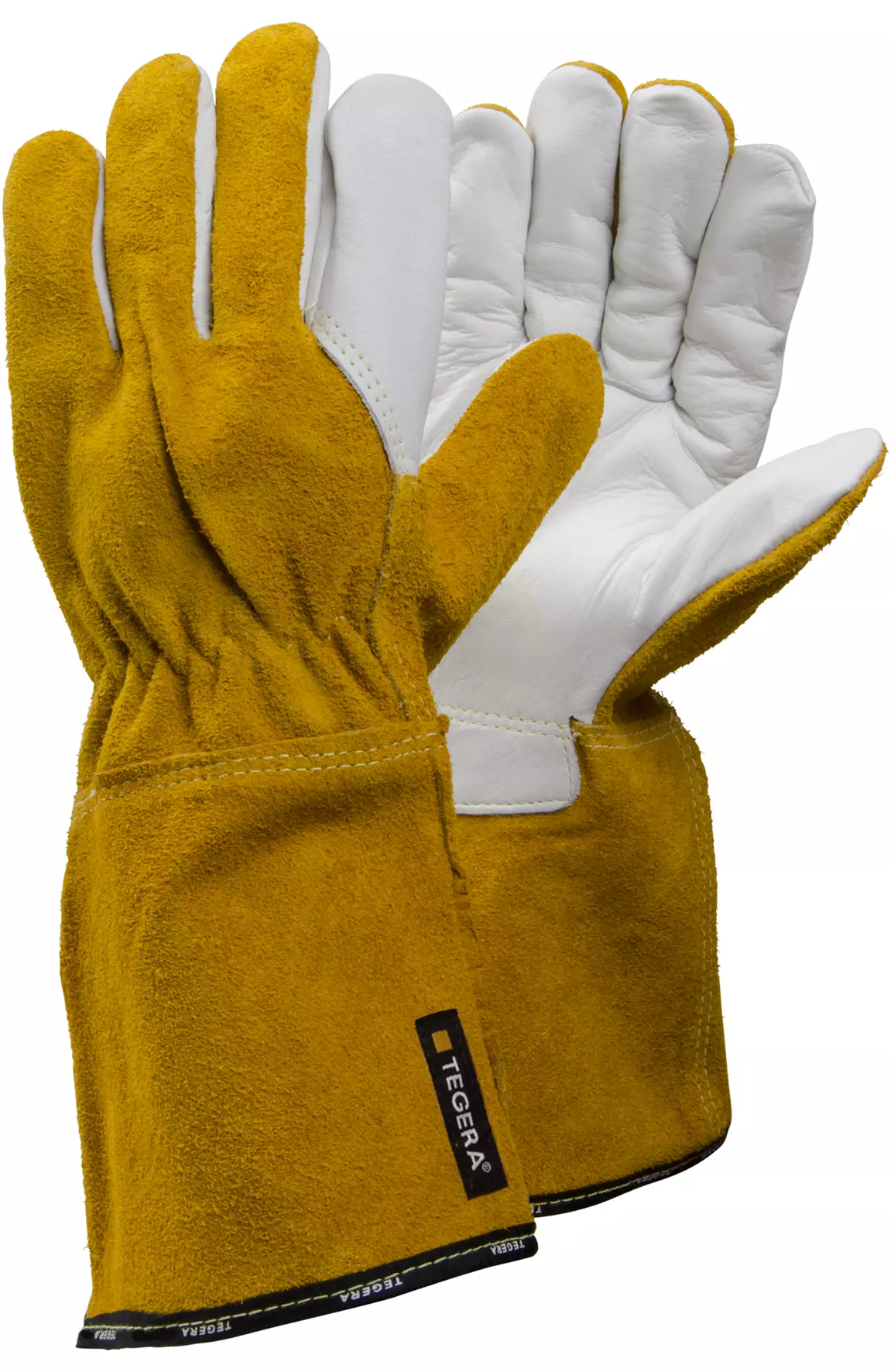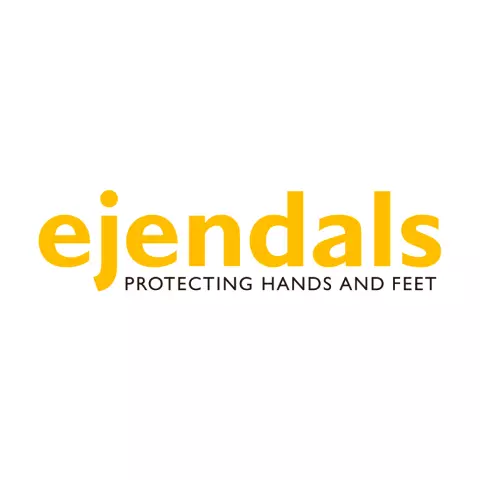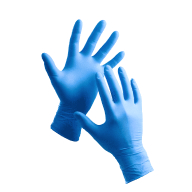TEGERA Leather Glove 8
4.9 / 5
Product description
TEGERA® 8, Welding and thermal protection glove, unlined, 1,2 - 1,3 mm cowhide, cowhide, Cat. II, resistant to contact heat up to 100°C, heat resistant stitching, reinforced seams, universal seams
About Leather Glove
Leather Glove provides durable hand protection with natural flexibility and grip for demanding work environments. Crafted from quality leather, these gloves offer excellent abrasion resistance while conforming to your hand shape over time. Ideal for construction, manufacturing, and handling rough materials.
- Cut Resistant
- Heat & Flame Resistance
- Welding
- Hand Protection
Standards and labels
Ejendals delivery terms
Free delivery when you order more than 150,00 € from Ejendals
Supplier shipping fee 4,74 €
Brand minimum 0,00 €
Price available on request
Shipping fee is 4,74 € for orders under 150,00 €
A package contains 6 pairs



